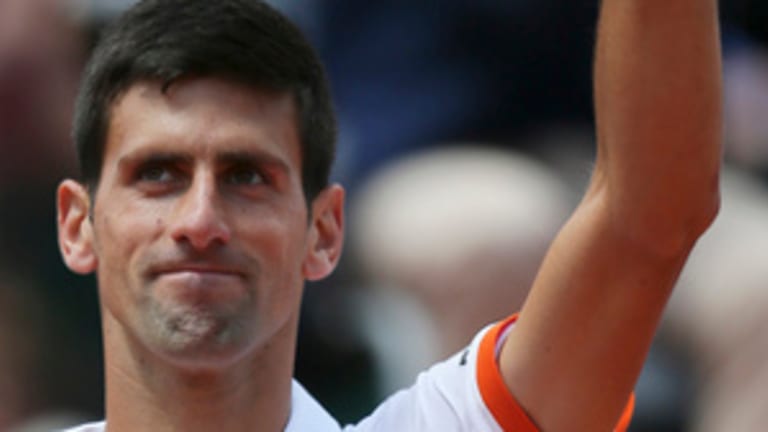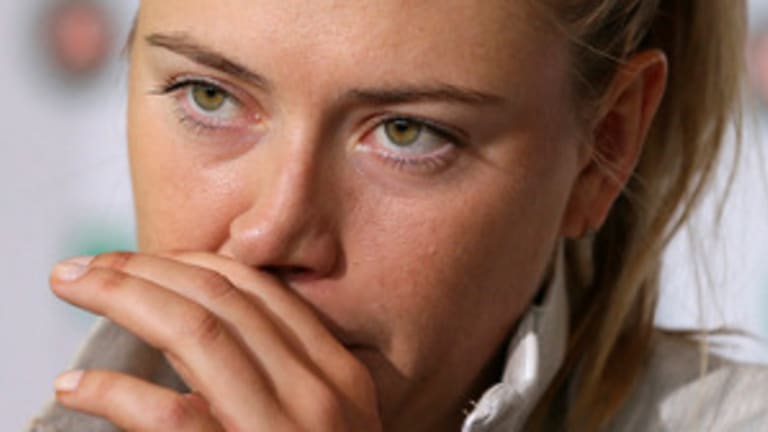Serena Williams, to the surprise of no one, is the last U.S. player left in Paris. Two others, Jack Sock and Sloane Stephens, bid the tournament adieu on Monday. But these were not losses that should make American fans ask, yet again, what’s wrong with tennis in this country. Stephens and Sock are both 22, and both played the most mature tennis of their careers at this event.
Sock beat three highly-touted young players, Grigor Dimitrov, Pablo Carreño Busta, and Borna Coric. He did it by imposing his bruising style, and showed that he can win, essentially, with his forehand alone. More important, Sock carried himself differently at this tournament. In the past, he seemed to be looking for a fight, and he let those fights distract him and cost him matches. Here he seemed confident that if he plays his game, he can stay with anyone, and that no one can match his forehand.
The same went for Stephens. From her first match, a win over Venus, to her last, a loss to Serena, she appeared less worried about results and more concerned with simply playing as well as she could and seeing where that took her. Sloane said that she’s working on trying to focus on herself on court, and while that’s a cliché that every player spouts, I felt like it helped her this week.
Sloane’s only problem came at the very end. With Serena serving at 4-3 in the third set, Sloane had a chance to step in and crack a few forehands—the momentum in the rallies was with her. On other days, she might have hung back, but today she didn’t. She moved in, took a full cut...and sent three forehands over the baseline. Aggressive tennis doesn’t come naturally to her, but she fought her instincts and tried it anyway. If it had worked, and she had won, Sloane would have a good chance to win the French Open. She shouldn't need any more motivation than that.
Let the second tournament begin.


